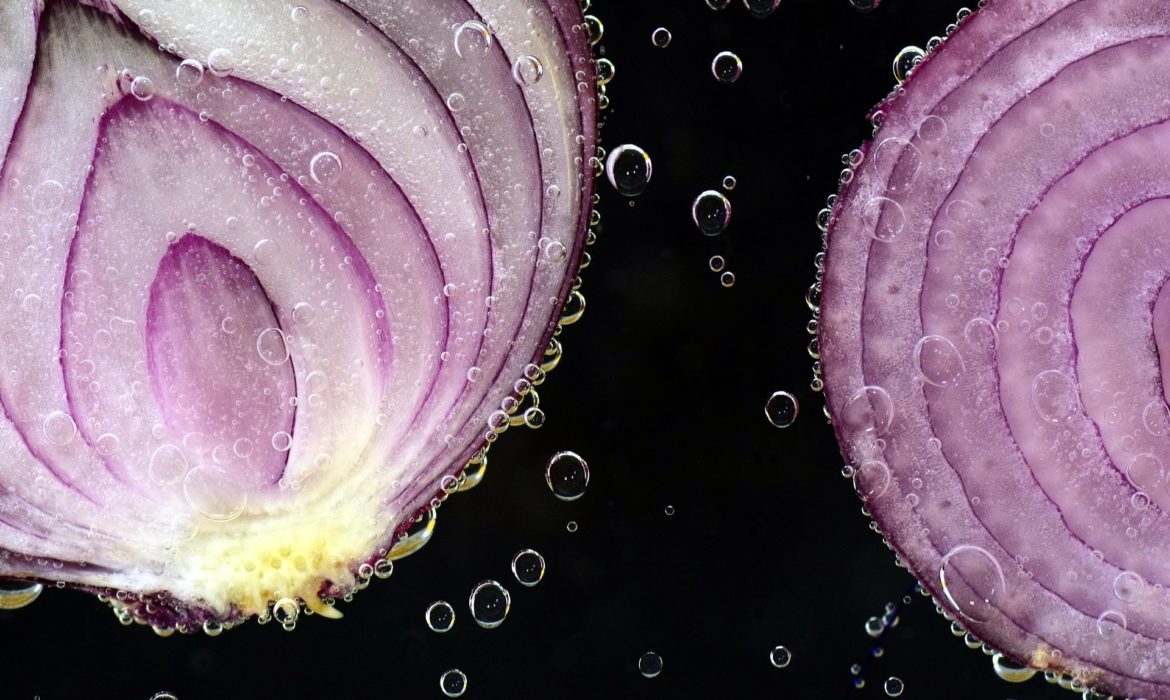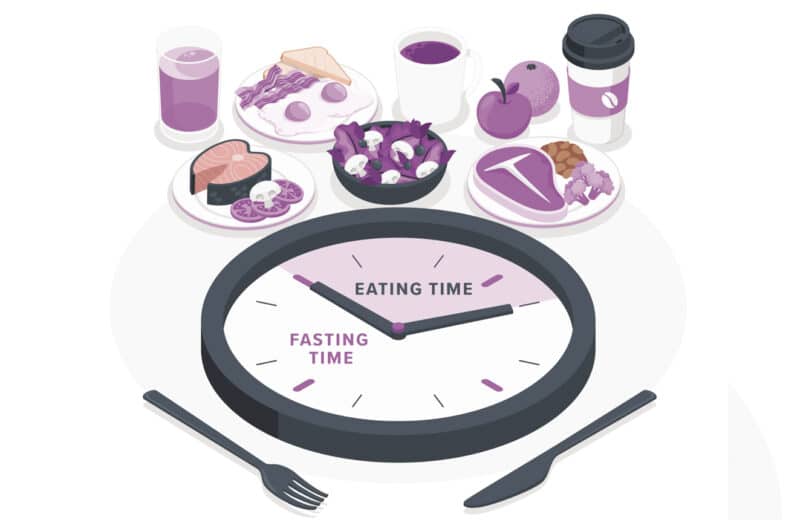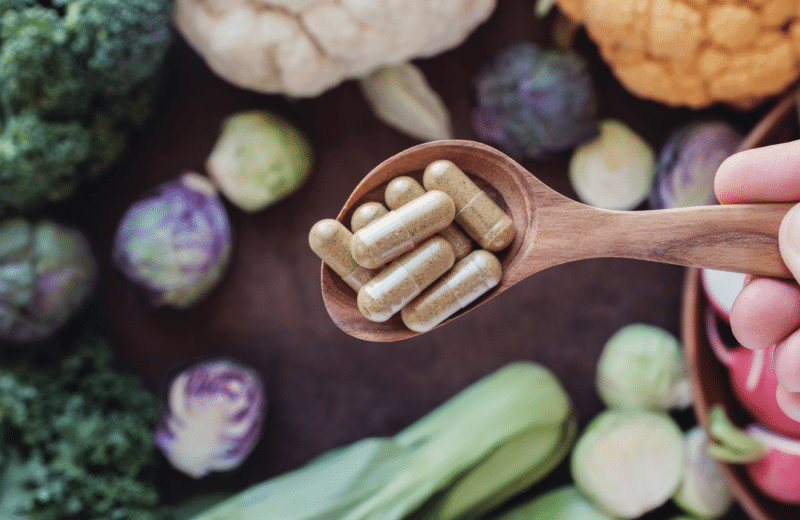From yogurt to kombucha to supplements, probiotics appear to be on the tip of everyone’s tongue, literally and figuratively. Probiotics are live bacteria and are believed to have properties that improve digestive health. Lactobacillus found in yogurt and other fermented foods is just one example.
Though the National Center for Complementary and Integrative Health expresses concern regarding the marketing of probiotics outpacing the current body of research on their benefits, awareness of promoting a healthy gut microbiome (the collection of microbes in the gut) is on the rise. And in order to nurture friendly bacteria, you’d better feed them fiber-rich foods and prebiotics.
Probiotics need prebiotics
Often confused with probiotics, prebiotics are also beneficial to the microbiota and digestive system. They’re not bacteria, but are indigestible fibrous components that stimulate the growth of healthy bacteria in the gastrointestinal tract.
Marcel Roberfroid, who first discovered prebiotics, described them as fermentable ingredients that alter the composition and activity in the gastrointestinal microflora in a beneficial way. This fermentation is part of the beneficial process, though those who have not consumed high-prebiotic foods regularly may experience some slight gastrointestinal discomfort, such as bloating and gas. Introducing these foods slowly and increasing fluids helps with tolerance.
Prebiotic pros
The evidence has long pointed to the benefits of fiber in lowering cholesterol and controlling blood sugar levels, so it’s no surprise that prebiotics, which are components of fiber, are also beneficial. Inulin, beta-glucan and fructooligosaccharides are the most common examples of prebiotics and they are found in readily available, common foods.
A 2016 review in the journal Nutrients looked closely at prebiotics and found they have a potential role in issues like obesity and immune function. While there are no current recommendations for prebiotic intake, there are strong recommendations for increased fiber intake in the general public. And the foods high in prebiotics have additional beneficial components in the form of phytochemicals. While we wait for the evidence to build on prebiotics, there is almost no downside to adding these foods to one’s diet.
(Reprinted with permission from Environmental Nutrition, a monthly publication of Belvoir Media Group, LLC. 800-829-5384. www.EnvironmentalNutrition.com.)
(c) 2017 BELVOIR MEDIA GROUP. DISTRIBUTED BY TRIBUNE CONTENT AGENCY, LLC.












